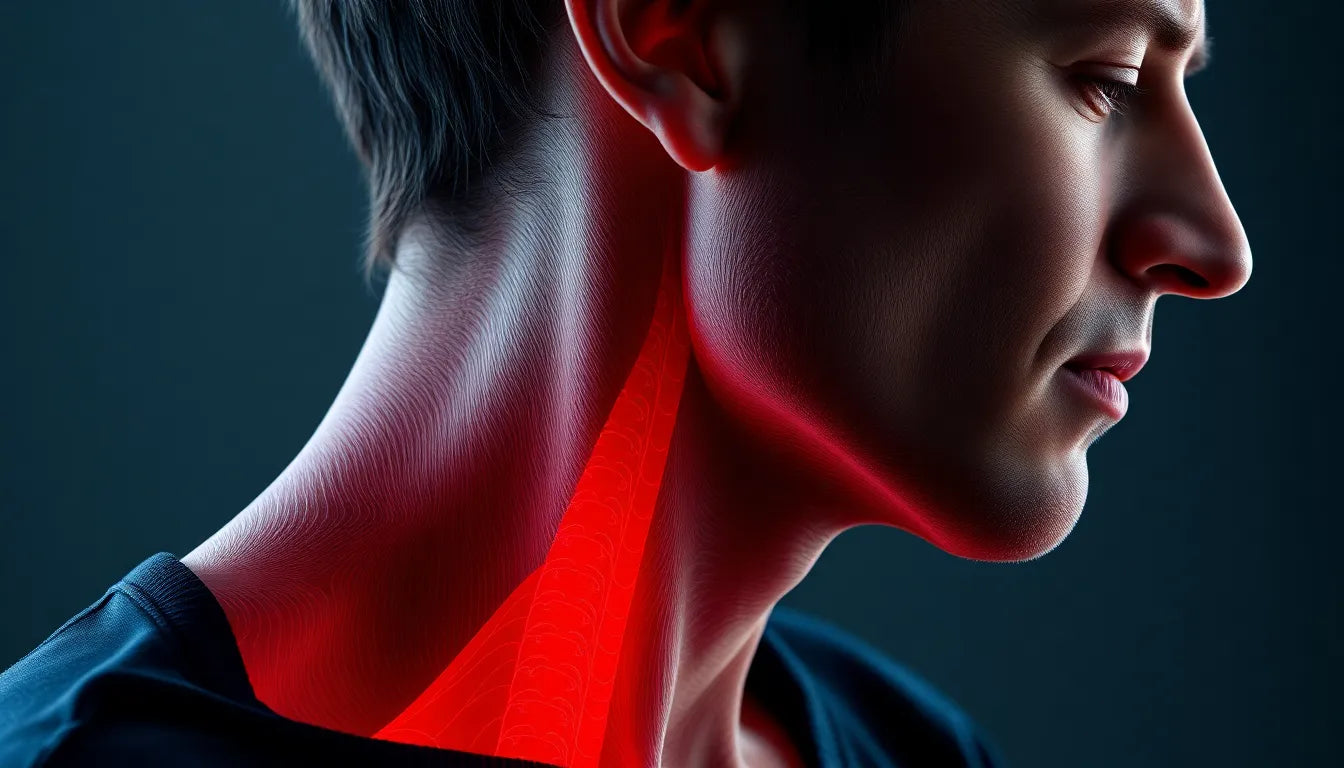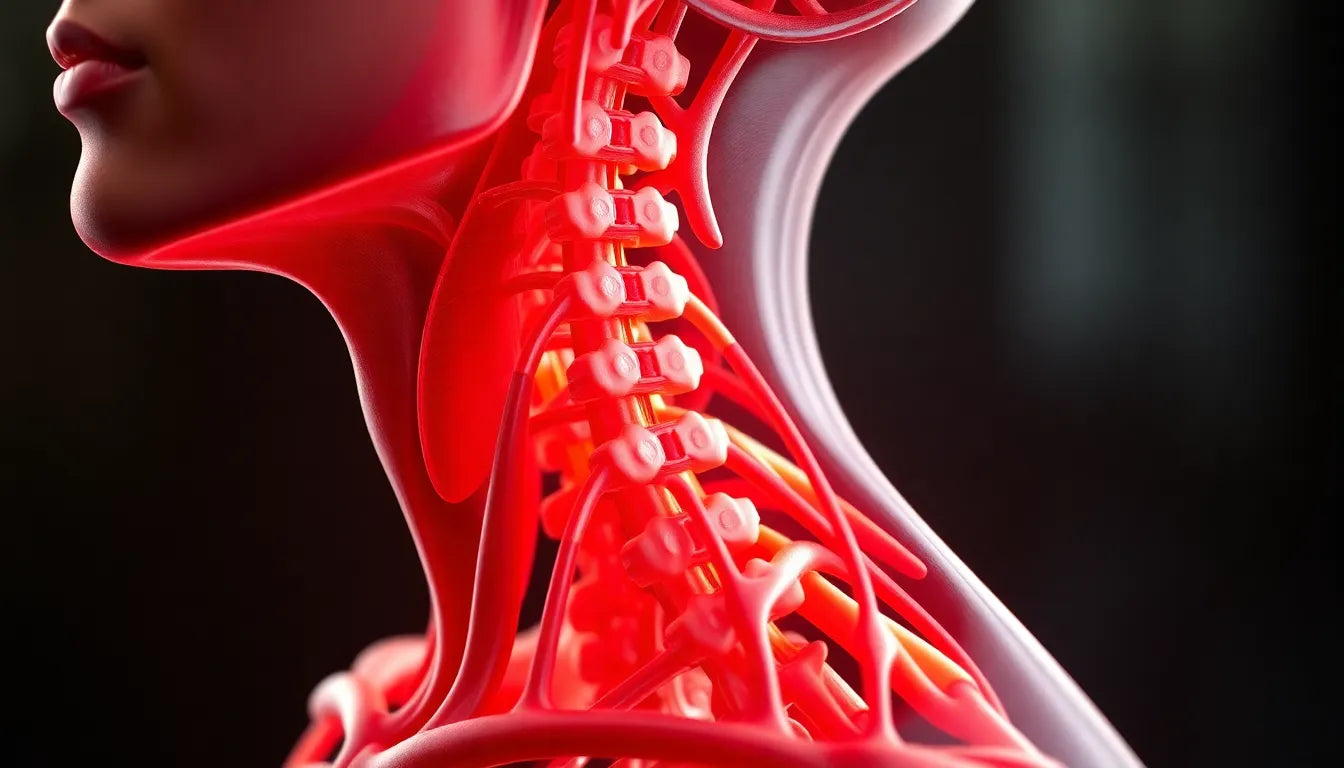Buttock pain is a common issue that affects many people at some point in their lives. It can range from a mild inconvenience to a debilitating condition that significantly impacts daily activities. Whether you're experiencing a dull ache or sharp discomfort, understanding the nuances of buttock pain is the first step towards effective relief. Despite its prevalence, there are several misconceptions about buttock pain, often leading individuals to overlook the importance of identifying the root cause.
why addressing buttock pain matters
Buttock pain can have a profound effect on your mobility, work productivity, and overall quality of life. It can hinder your ability to perform simple tasks, such as sitting comfortably, walking, or even sleeping peacefully. If left unaddressed, what may start as a minor issue can escalate into chronic pain, making it crucial to tackle the problem early. Preventative measures and timely interventions can significantly reduce the risk of long-term complications, ensuring you maintain an active and fulfilling lifestyle.
what to expect from this blog post
In this blog post, we will explore the various causes and symptoms of buttock pain, providing you with a comprehensive understanding of this condition. We'll delve into common causes such as muscle strain, sciatica, and piriformis syndrome, while also touching on other potential contributors like bursitis and coccydynia. By recognizing the symptoms and understanding the underlying issues, you can take informed steps towards finding relief. Additionally, we will offer actionable strategies for managing and alleviating pain, emphasizing the importance of ergonomic solutions and professional interventions. Join us on this insightful journey to discover effective ways to address buttock pain and restore comfort to your daily life.
common causes of buttock pain
Buttock pain can arise from a variety of causes, each with distinct characteristics and implications. Understanding these causes is crucial for effective management and relief. Here are some common culprits:
muscle strain
Muscle strain in the buttocks often results from overuse, exercise injuries, or poor posture. When muscles are overstressed, they can become tight and painful. Symptoms typically include localized pain and stiffness, which may worsen with movement or prolonged sitting. Addressing muscle strain early with rest, gentle stretching, and ergonomic adjustments can prevent further complications.

Men's Posture Shirt™ - Black
Patented posture shirt that supports muscles and may help relieve pain or tension.
sciatica
Sciatica is a condition characterized by pain that originates in the lower back and radiates through the buttock and down the leg. This pain pattern is often caused by compression or inflammation of the sciatic nerve, which can be due to a herniated disk or spinal stenosis. Sciatica pain is often sharp and may be accompanied by tingling or numbness. Identifying and addressing the underlying cause of nerve compression is key to alleviating sciatica symptoms.

Lumbar support belt
Supports and stabilises the lumbar area for lower back and sciatic pain relief.
piriformis syndrome
The piriformis muscle, located deep in the buttock, plays a crucial role in hip movement. When this muscle becomes tight or spasms, it can irritate the nearby sciatic nerve, leading to piriformis syndrome. Symptoms include pain, tingling, or numbness in the buttock, which can sometimes extend down the leg. Stretching and strengthening exercises, along with physical therapy, can help relieve symptoms and restore function.
other conditions
In addition to the above, several other conditions can cause buttock pain. Bursitis, for instance, involves inflammation of the bursae, fluid-filled sacs that cushion joints, often aggravated by prolonged sitting. Coccydynia, or tailbone pain, can result from direct trauma or prolonged pressure. Pilonidal cysts and infections may cause localized pain and swelling, sometimes requiring surgical intervention. Lastly, degenerative disk disease and sacroiliac joint dysfunction are other potential contributors to buttock pain.
symptoms to monitor
Recognizing the symptoms of buttock pain is essential for determining the appropriate course of action. Here is a checklist of symptoms to help you self-assess:
- Localized pain or tenderness in the buttock area
- Sharp or shooting pain radiating down the leg
- Tingling or numbness in the buttock or leg
- Dull ache that worsens with sitting or movement
- Stiffness or reduced range of motion in the hip
While many cases of buttock pain are benign, certain red-flag symptoms require urgent medical attention. These include loss of bowel or bladder control, progressive weakness or numbness, and fever. If you experience any of these symptoms, seek professional evaluation promptly.
diagnostic approaches
Accurate diagnosis is the foundation of effective treatment for buttock pain. A thorough history and physical examination by a healthcare professional can help identify the underlying cause. In some cases, imaging studies such as X-rays, MRI, or CT scans may be necessary to provide a clearer picture of the structures involved. Specialized tests, like nerve conduction studies, can also help pinpoint nerve-related issues. Early and accurate diagnosis ensures that you receive the most appropriate care and interventions.
Understanding the common causes and symptoms of buttock pain empowers you to take proactive steps towards relief. In the next part of this blog post, we will explore treatment options, from self-care strategies to professional interventions, and discuss how ergonomic solutions can play a vital role in managing and preventing buttock pain. Stay tuned for practical tips and insights that can help you find comfort and restore your quality of life.
effective treatment options for buttock pain
Finding relief from buttock pain involves a combination of self-care strategies and professional interventions, tailored to the specific cause and severity of the pain. By adopting a comprehensive approach, you can manage symptoms effectively and improve your quality of life.
self-care strategies
For many individuals, initial treatment for buttock pain can be managed at home with some simple yet effective strategies:
- Rest and activity modification: Allowing the affected area to rest and avoiding activities that exacerbate pain can prevent further injury.
- Ice and heat application: Applying ice packs in the first 48 hours can reduce inflammation, while heat therapy can help relax and soothe tense muscles.
- Over-the-counter pain relief: Non-prescription medications such as ibuprofen or acetaminophen can alleviate mild to moderate pain.
- Posture correction: Ensuring proper posture, especially while sitting, can alleviate pressure on the buttocks and lower back.
- Stretching exercises: Regular stretching can improve flexibility and reduce muscle tension. Consider following a guided video for targeted exercises.
professional interventions
For more persistent or severe cases of buttock pain, professional treatment may be necessary. Options include:
- Physical therapy: Tailored exercises and techniques can strengthen muscles, improve flexibility, and alleviate pain.
- Injections: Corticosteroid injections can reduce inflammation and provide temporary relief for certain conditions like sciatica.
- Minimally invasive procedures: Techniques such as radiofrequency ablation can target nerve pain without extensive surgery.
- Condition-specific therapies: For conditions like piriformis syndrome, targeted therapies such as trigger-point therapy or strengthening exercises are beneficial.
ergonomics and prevention
Preventing buttock pain is as crucial as treating it. Ergonomic solutions play a vital role in both prevention and management:
- Ergonomic seating: Using chairs with proper lumbar support can reduce strain on the buttocks and lower back.
- Posture aids: Cushions and supports can help maintain proper alignment, reducing the risk of muscle strain.
- Regular breaks: Taking frequent breaks from sitting to stand or walk can prevent stiffness and discomfort.
case study: a journey to recovery
Consider the story of Jane, a 45-year-old office worker who experienced debilitating buttock pain due to prolonged sitting and poor posture. After implementing ergonomic changes at her workstation and engaging in regular physical therapy, Jane saw significant improvement in her symptoms. Her story highlights the impact of combining ergonomic solutions with professional care for effective pain management.
frequently asked questions
What is the most common cause of buttock pain?
Muscle strain and sciatica are among the most common causes of buttock pain, often resulting from overuse or nerve compression.
When should I see a doctor for buttock pain?
If you experience persistent, severe, or worsening pain, especially with red-flag symptoms like loss of bowel/bladder control or progressive weakness, seek professional evaluation promptly.
Can ergonomic aids really help with buttock pain?
Yes, ergonomic aids such as supportive chairs and cushions can significantly improve posture and reduce strain, aiding in both prevention and relief of buttock pain.
How long does it take to recover from buttock pain?
Recovery time varies based on the cause and treatment approach but often ranges from a few days to several weeks. Consistent management and treatment can expedite recovery.
Understanding the causes and treatment options for buttock pain empowers you to take proactive steps towards relief. Embrace ergonomic solutions and consult healthcare professionals when necessary to restore comfort and improve your quality of life.
Källor
- OrthoTOC. "Buttock Pain Causes."
- Healthline. "Pain in Buttocks."
- Kain, M. "Buttock Pain." Michael Kain MD.
- Spine-Health. "What Causes Buttock Muscle Pain and How to Relieve It."
- ASAP Pain Docs. "Understanding Buttock Pain: Causes, Relief Strategies, and Prevention."
- Cleveland Clinic. "Piriformis Syndrome."
- Mayo Clinic. "Sciatica: Symptoms and Causes."
- Narayana Health. "Buttock Pain: Causes and Treatment."
- Cedars-Sinai. "Piriformis Syndrome."


















